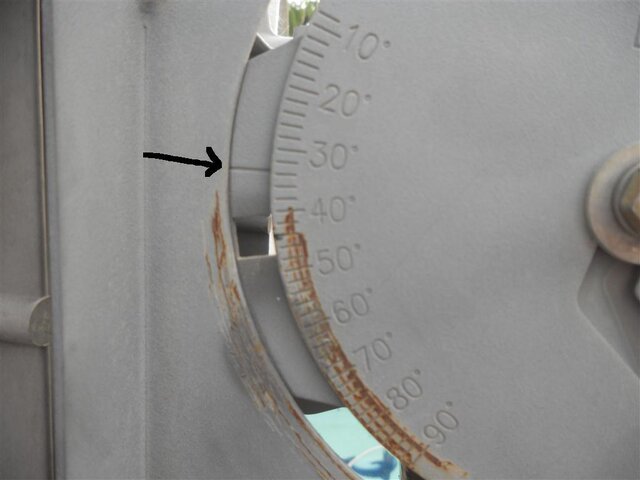sorry but you are incorrect....his dish elevation is 43 degrees....that means the signal is coming in at an angle of 43 + the dish offset angle....normal dish offset would be around 22 degrees....so the signal angle for him would be about 65 degrees....
that is why prime focus dishes always appear to be aimed higher....because there is no offset....
But most dish mounts DO take the offset into account in their elevation scales. I don't know whether his dish does or not, and I don't know what the heck is supposed to be the indicator on his mount either, so I can't say for sure whether he's at the right elevation.
The thing that's bugging me is why his skew should be -60. I have a skew of -40 for Hispasat in Pennsylvania, he's east of me, so he's closer to the satellite's longitude, to it should be closer to south, so it should have LESS skew.
The other thing I'm thinking of is, is his LNB in the focal point? I don't know what the unmodified DirectTV dish looks like or how he's attached the linear LNB, you see.



